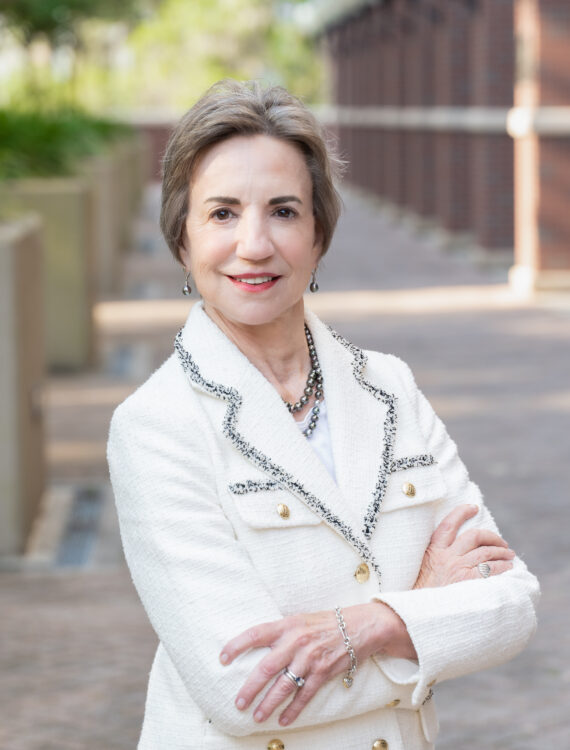FHCF Projects Shortfall on 12-Month Basis

The Florida Hurricane Catastrophe Fund (FHCF) Advisory Council has suggested that the fund will have a potential shortfall of $1.75 billion if it is required to attempt to reach its maximum payout within 12 months of an event. The Advisory Council encouraged FHCF Chief Operating Officer Jack Nicholson to seek pre-event financing this year to close this potential gap.
Nicholson sought a lower estimate from the Advisory Council as a cushion against volatility in the bonding estimate. However, the Advisory Council believes any volatility is assumed as part of its process of merely estimating the FHCF’s capacity.
The aggregate reimbursement obligation for the FHCF this year is projected to be $17.317 billion, consisting of $17 billion in mandatory coverage and a very small $317 million still being purchased in the TICL layer. Cash on hand at the end of 2012 is projected to be $8.586 billion. This would mean the FHCF would need to issue $8.731 billion in bonds to fully meet its obligations. However, the FHCF’s financial advisor believes that $7 billion in bonding is a realistic estimate for the first 12 months following an event’s landfall.
The $7 billion bonding estimate is $1 billion less than the estimate from October 2011. However, the projected shortfall is nearly $1.5 billion less due to the FHCF’s having another year’s cash on hand and the investment income earned by the FHCF in the meantime. On a positive note, the $8.6 billion in projected cash on hand for 2012 is the largest amount since the FHCF was created in 1993.
One of the key issues relating to the estimate is the time period over which the FHCF will pay reimbursements. Considering the FHCF’s ability to issue bonds in only 12 months following an event leads to the projected shortfall. However, there is no statutory or contractual 12-month limit on the FHCF’s ability to issue bonds, and one might expect the FHCF’s true claims-paying capacity to be higher if its ability to issue bonds in the 12-24 month range or beyond is considered. The FHCF’s financial advisor believes this could bring an additional $5 billion in capacity, which would be more than enough for the FHCF to meet its obligations and still have some subsequent-event bonding capacity.











